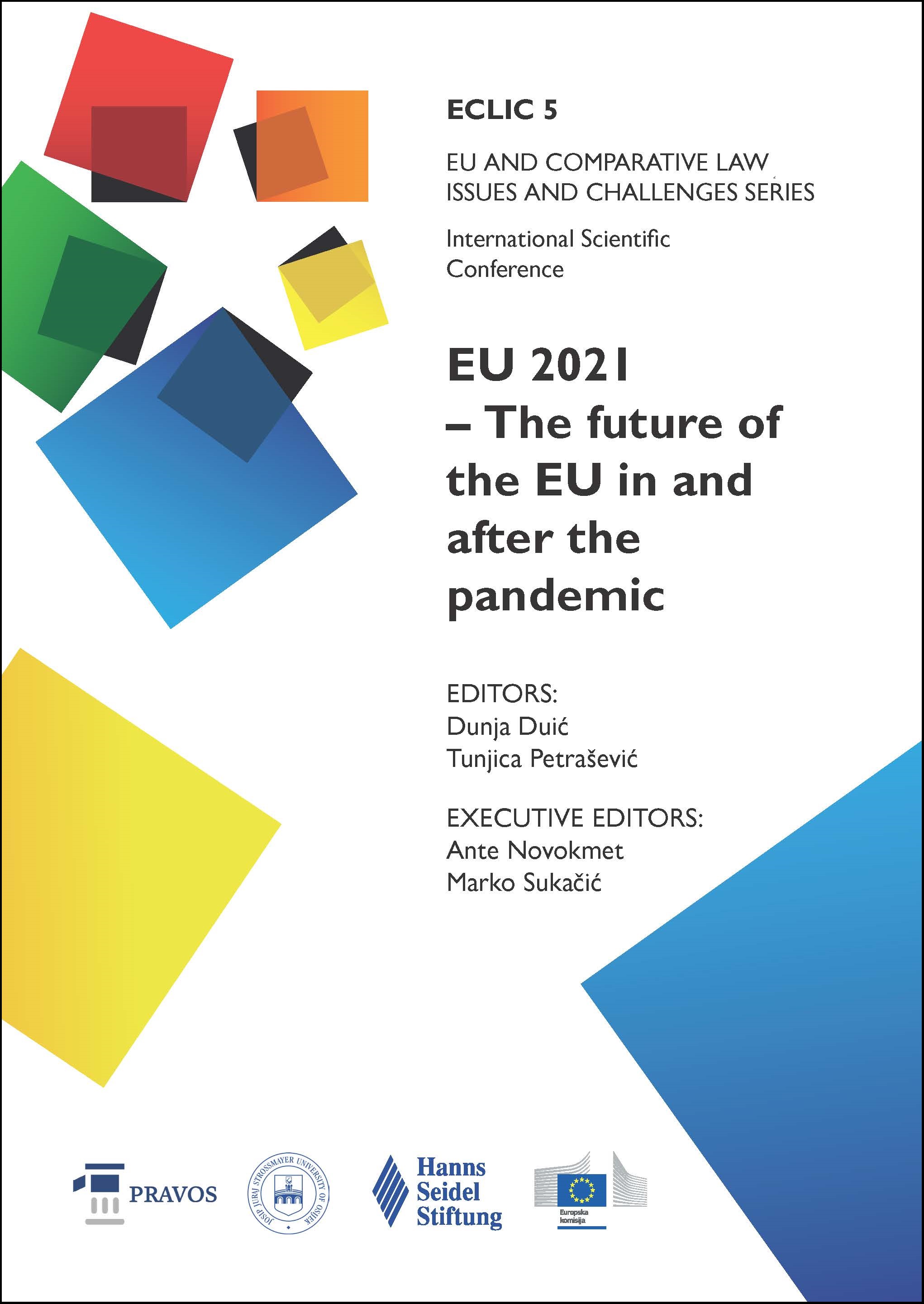CULTURAL HERITAGE INSTITUTIONS DURING AND AFTER THE PANDEMIC
THE COPYRIGHT PERSPECTIVE
DOI:
https://doi.org/10.25234/eclic/18312Abstract
The COVID-19 pandemic has imploded the traditional ways in which creative, cultural and artistic content are presented and consumed. Museums, libraries, archives, and other cultural institutions have been closed in lockdowns all around the European Union, and their content presented and consumed online. This paper will analyse how copyright rules affect cultural heritage institutions (publicly accessible libraries or museums, archives or film or audio heritage institutions) in the digital age. Four recent legal documents at the European level refer to the digitalisation of their collections and the digitised content’s exposure to the public in the Digital Single Market. These are Directive 2001/29/EC, Directive 2012/28/EU, Directive (EU) 2019/790 and Directive (EU) 2019/1024. This paper willfirst analyse how exclusive rights are regulated for authors, other creators, publishers, and producers in the digital age. Those rights need to be respected and exercised effectively by their owners. On the other hand, there is also a public interest, in that digitisation and access to digitised content should be free in cultural heritage institutions. To resolve the tension inherent in this relationship is not easy. The recent rapid change in consumption of creative, cultural and artistic content in the Single Digital Market (due to the pandemic caused by the COVID-19 virus) has triggered the need for swifter digitisation of cultural heritage institutions’ collections. The European legal framework offers some solutions to this need, which will be presented here. It does not resolve the situation generally, but refers to particular issues, such as orphan works, out-of-commerce works, text and data mining and the re-use of public sector information. In general, copyright protection prevails. Nevertheless, the tendencies towards free access grow stronger every day. This paper will analyse how these four directives interact with each other in the effort to resolve the tension between copyright, digitisation and free access to digitised content in cultural heritage institutions. At the end, two ideas for a new balance are presented.
Downloads
Published
How to Cite
Issue
Section
License
Copyright (c) 2021 Romana Matanovac Vučković, Ivana Kanceljak, Marko Jurić

This work is licensed under a Creative Commons Attribution-NonCommercial 4.0 International License.
Authors retain the copyright on the papers published in the Journal, but grant the right of first publication to the Journal. Papers accepted for publication or already published in ECLIC of the Faculty of Law in Osijek may be published by the author(s) in other publications only with proper notice of its previous publication in ECLIC.


